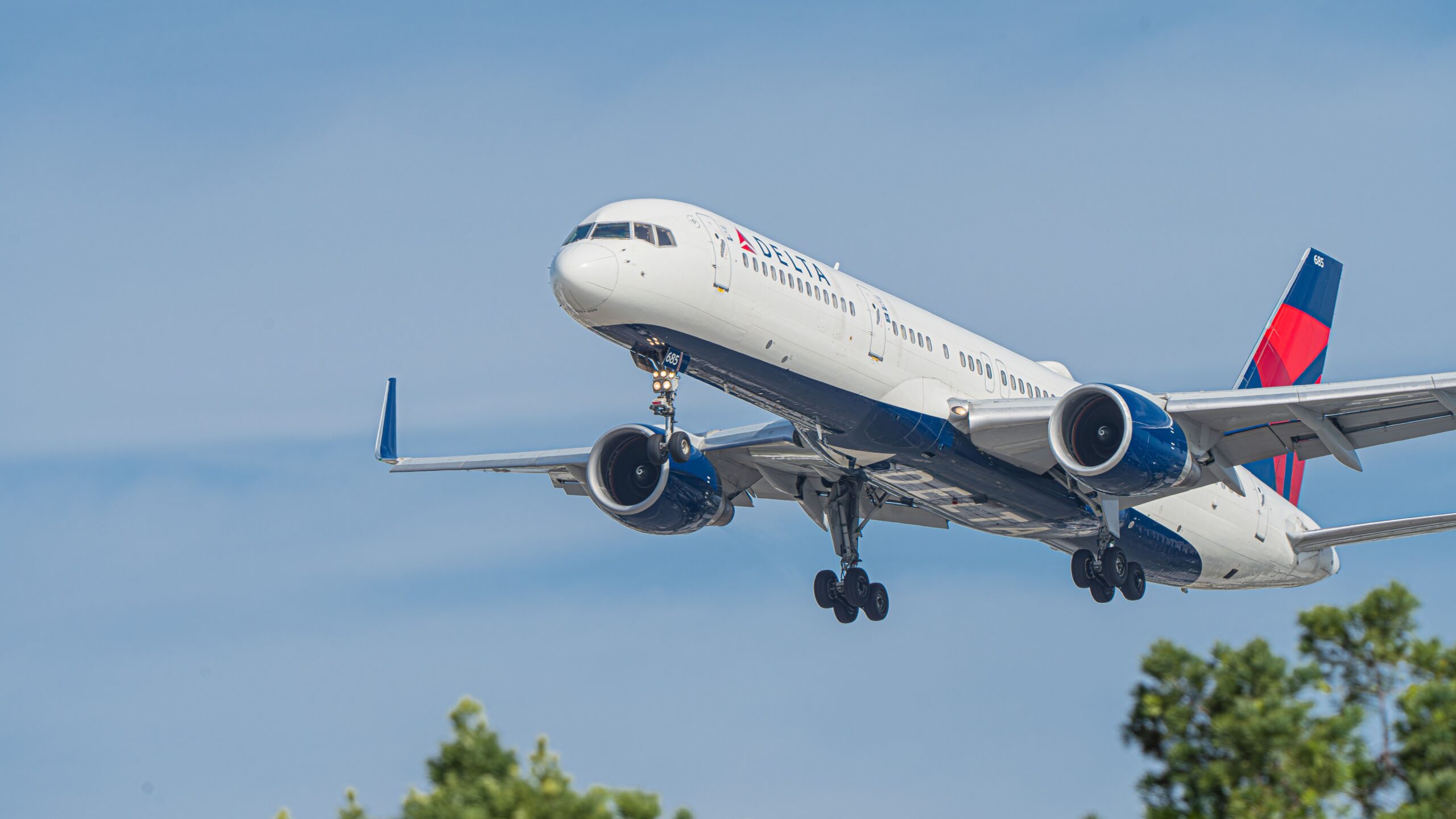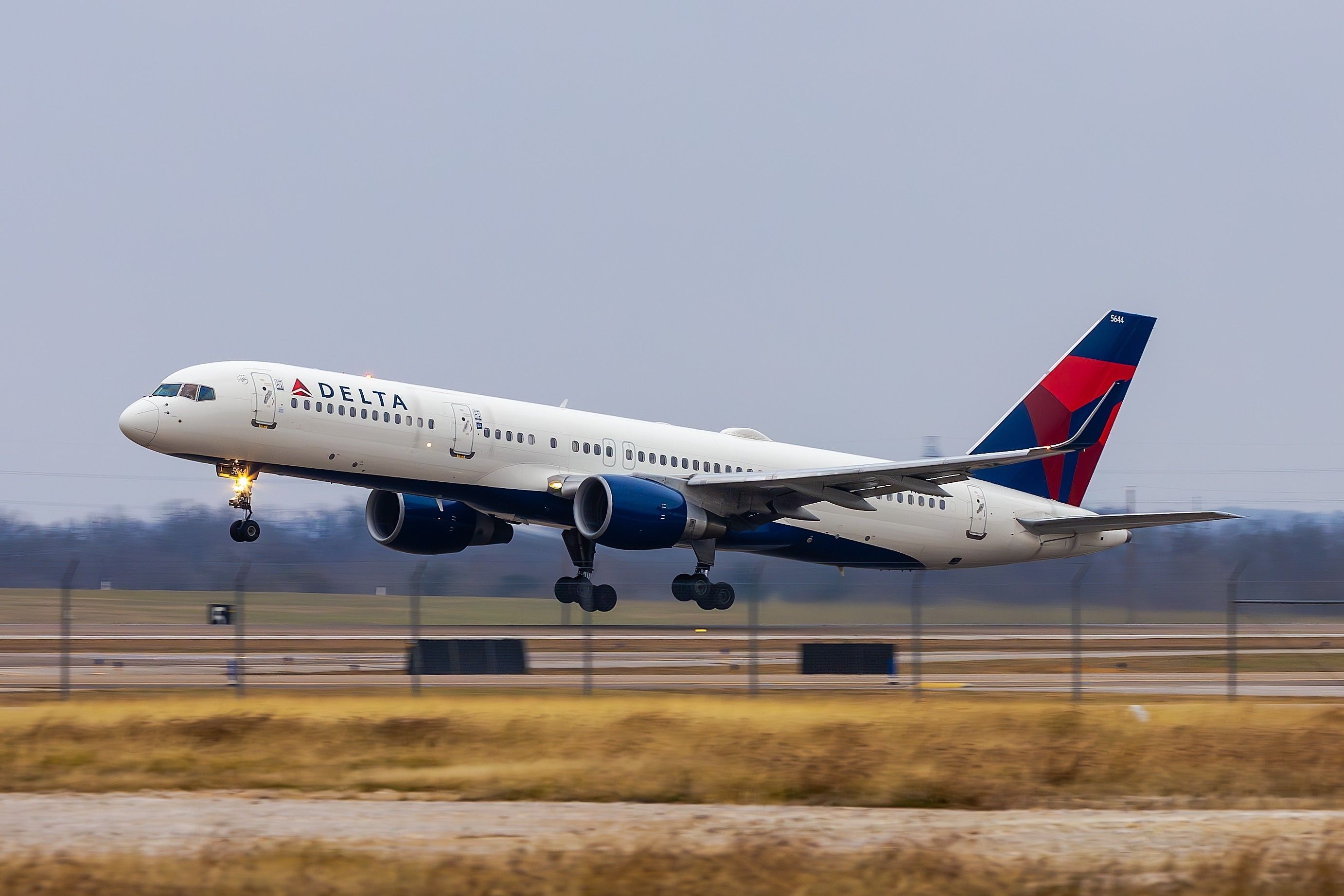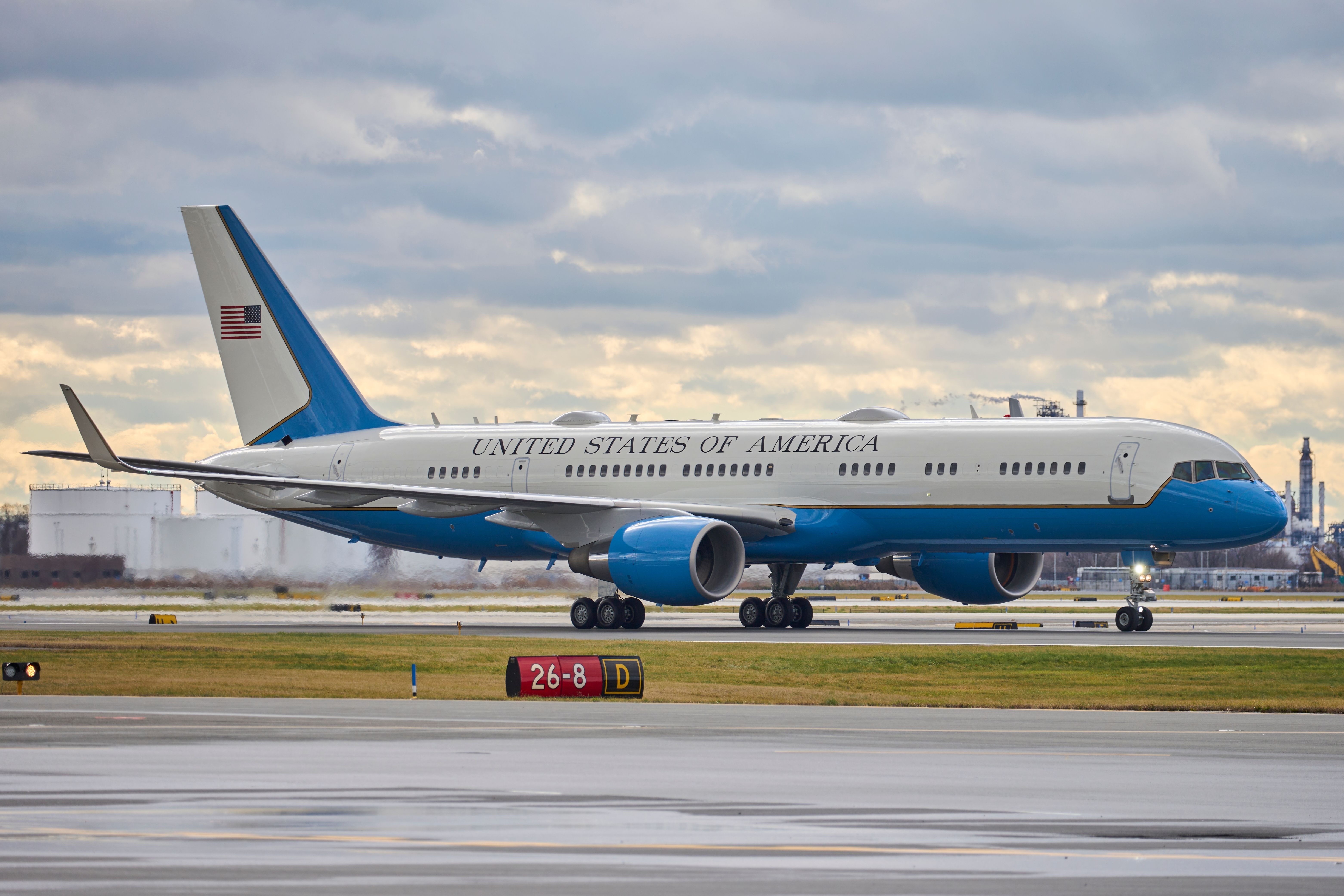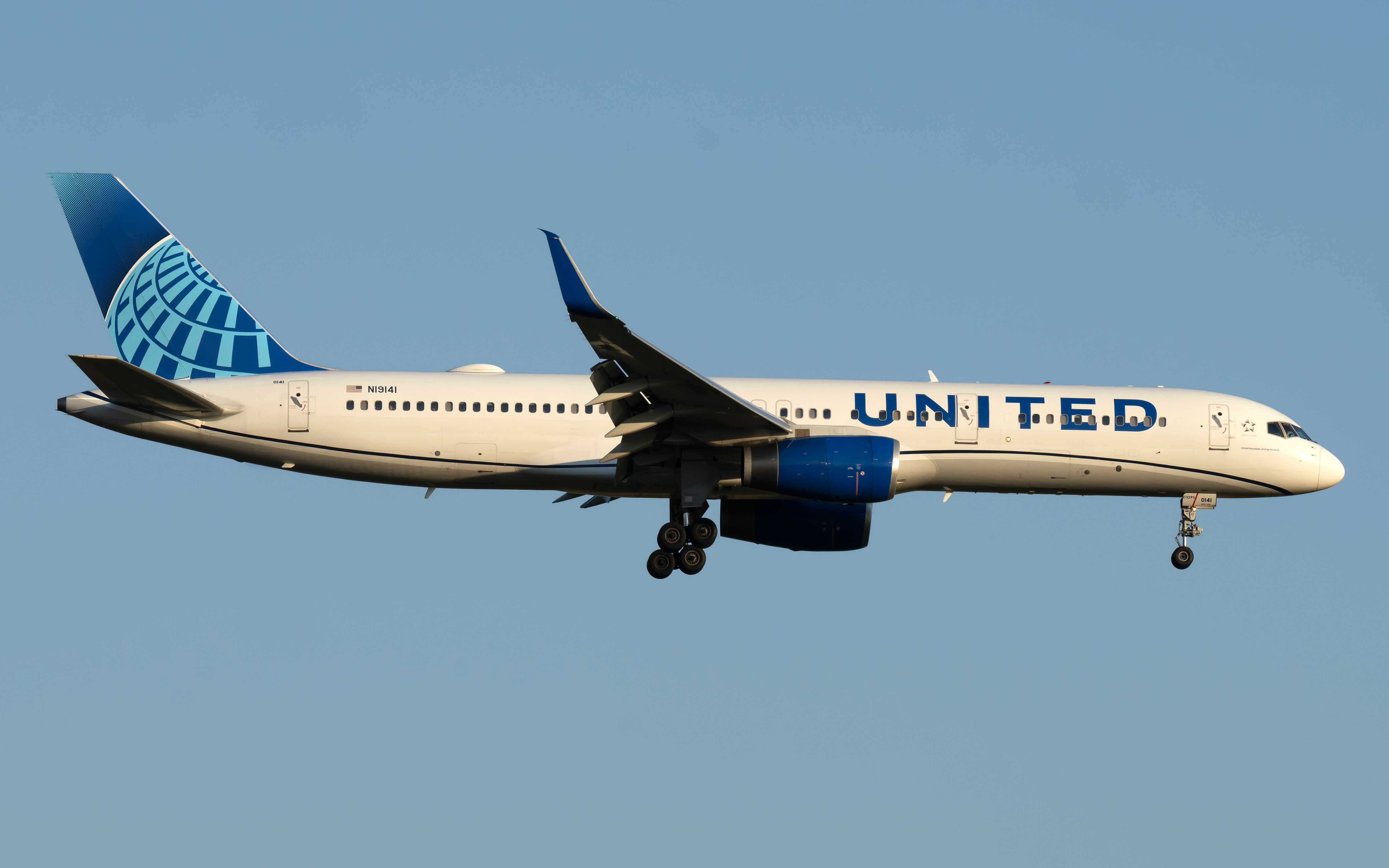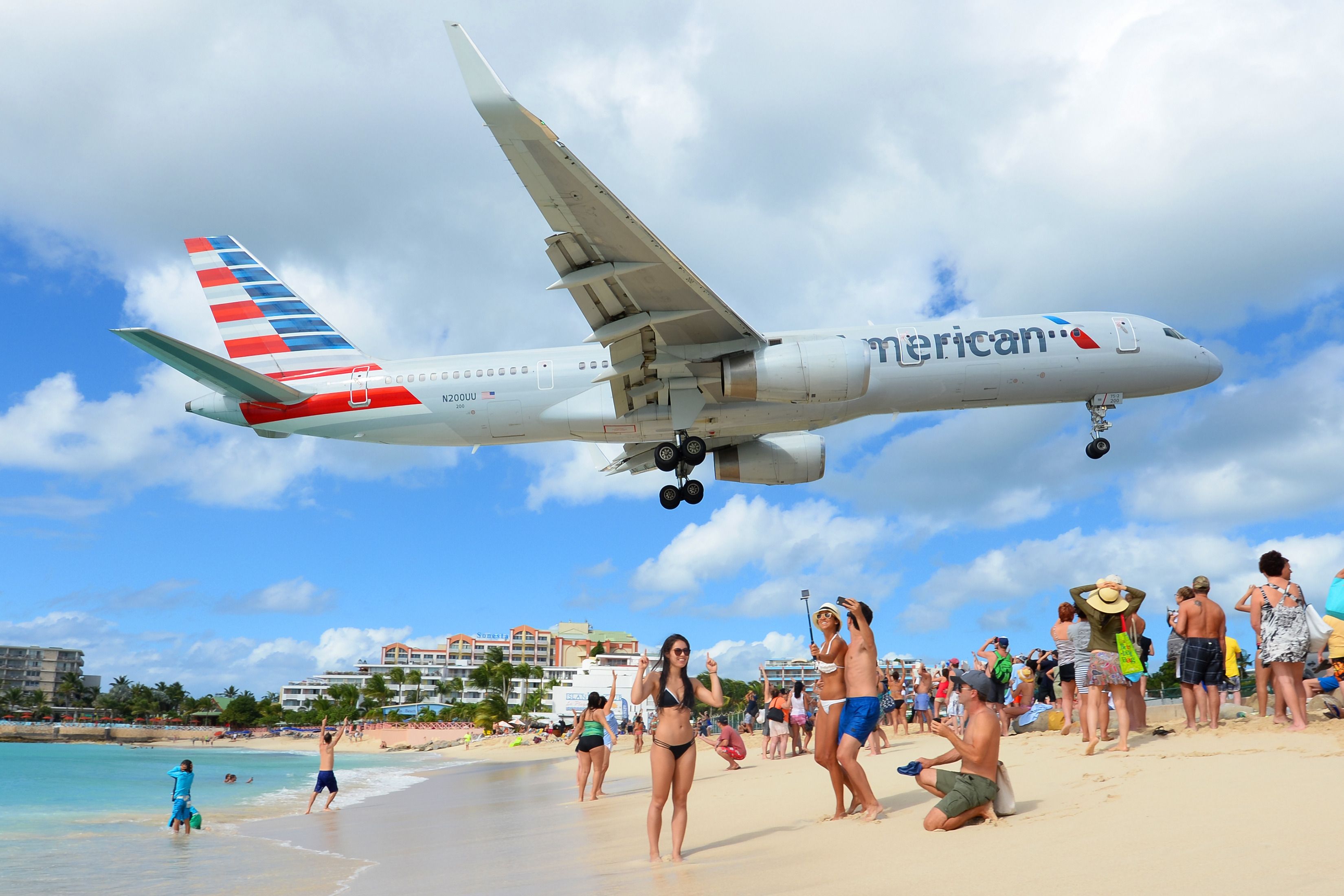Summary
- Boeing built 1,050 Boeing 757s, with over 500 still flying today.
- Air Force operates the “Air Force Two” VIP transport C-32A model.
- The Boeing 757 is popular for transatlantic routes due to its range and cruising speed.
First introduced in 1983, the
Boeing 757
remains a popular workhorse in several airlines and is noted for its versatility. It is a narrowbody jetliner intended for short—to medium-range flights and has been employed on both short-haul and transcontinental routes. There are many
reasons why the Boeing 757 remains such a popular aircraft
. Here are five fast facts about the famous twin jet.
1
A thousand Boeing 757s built
Boeing built 1,050 Boeing 757s
|
Dates built: |
1983 to 2004 |
|---|---|
|
Largest passenger operators: |
Delta, United |
|
Largest cargo operators: |
FedEx Express, UPS, DHL, SF Airlines |
The first Boeing 757 was introduced with Eastern Air Lines in 1983, and the final aircraft was delivered in 2004, by which time 1,050 B-757s had been built. Over half remain in service and the bulk are located in the United States. Delta Air Lines is the largest passenger airline operating the type (with 127 total), followed by United Airlines and Icelandair (Icelandair plans to retire them by 2026).
Photo: lorenzatx | Shutterstock
The 757 is a popular freighter aircraft.
FedEx is the largest operator of the freight variant (with 107 examples)
, and other cargo airlines like UPS and Chinese SF Airlines operate a significant number.
2
Air Force Two VIP
The Air Force has four 757s as C-32As
|
First delivered: |
1998 |
|---|---|
|
Role: |
VIP transport (often the Vice President) |
|
Number in service: |
4 |
The Air Force operates a modified Boeing 757-200 version as the C-32. It is
used to transport high-profile officials like the United States Vice President
. Due to this role, it is frequently referred to as “Air Force Two.” Other VIPs they often transport include the first lady and members of the Cabinet and Congress (and occasionally, the US President when the regular ”
Air Force One
” 747s are unavailable).
According to the Air Force, while the C-32’s body is identical to the Boeing 757-200, its interior furnishings are completely different, and its avionics have been modernized and upgraded. Its passenger cabin has four sections. The Air Force has two types of 757s in service—the C-32A, used as Air Force 2, and the secretive C-32B Gatekeeper.
3
Serves as the Gatekeeper
Up to five serve in special operations roles
|
Role: |
Special operations |
|---|---|
|
Number in service: |
2-5 |
|
Operator: |
United States Air Force |
The Boeing 757 also serves as the C-32B Gatekeeper (C-32A pictured below), a secretive and clandestine airlift for
United States Air Force
special operations and global emergency response efforts. Little is known about these aircraft, and no one seems to know how many the Air Force has in service (although it is believed to be as many as five).
Photo: Evan El-Amin | Shutterstock
At least one of these aircraft is assigned to the 150th Special Operations Squadron. According to The War Zone, they are known to have robust, secure communications suites and other specialized features and are capable of aerial refueling (the VIP transport C-32A is not). The Air Force is tight-lipped on these 757s.
4
Popular for transatlantic routes
The 757-200’s 3,370 to 4,505 miles range is sufficient for transatlantic routes
|
Cruising speed: |
525 mph |
|---|---|
|
Wingspan: |
134 feet 9 inches |
|
Length: |
155 feet 3 inches |
The 757-200 is a versatile aircraft used in various roles ranging from transatlantic routes to high-frequency shuttle services. Only a few narrow-body aircraft can be used on transatlantic flights – and the 757 is one of them that can handle it (transatlantic routes are typically dominated by wide-bodied aircraft).
Photo: Vincenzo Pace | Simple Flying
According to
![]() Delta Air Lines
Delta Air Lines
, the 757-200 has a cruising speed of 525 mph and a range of 3,370 miles.
United uses its 757s to fly to Portugal, Spain, the United Kingdom, and other European destinations
. Other narrow-bodied aircraft, such as the re-engined Boeing 737 MAX and Airbus A320neo jets, offer more range than their older counterparts and can also be used over the Atlantic.
5
Pilots love it
The Boeing 757 shares a common type rating with the 767
|
Engine: |
2x Rolls-Royce RB211-535-E4(B) or Pratt & Whitney PW2000-37/40/43 |
|---|---|
|
Specific 757 course: |
Boeing 757/767 Type Rating Course |
|
Speed: |
Max Mach 0.86 |
The Boeing 757 is loved by pilots who think of it as ‘real flying’ and regard it as one of the great classics of Boeing’s lineup. It is famous for its fast climb rate, and some pilots have described flying it as being like flying a sports car. For many pilots, the 757 is the jet that Boeing got right (although that’s not always a view shared by airlines—there is a reason why production ended).
Photo: Thiago B Trevisan | Shutterstock
The 757 cockpit is impressive and shares a 767-type rating, while the flight deck is smartly functional and ergonomic. While the 757 is now an aging jet, it has a degree of panache for the pilots who fly it, and some pilots have been known to volunteer to downgrade from newer, larger aircraft like the Boeing 777 to the 757 because they ‘miss flying.’

